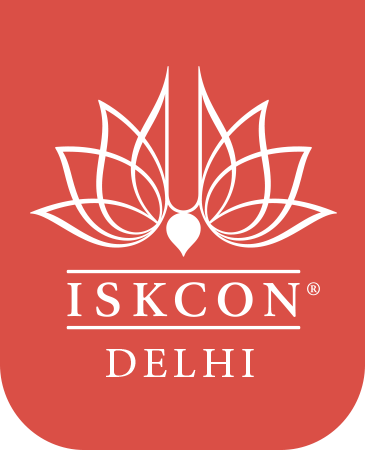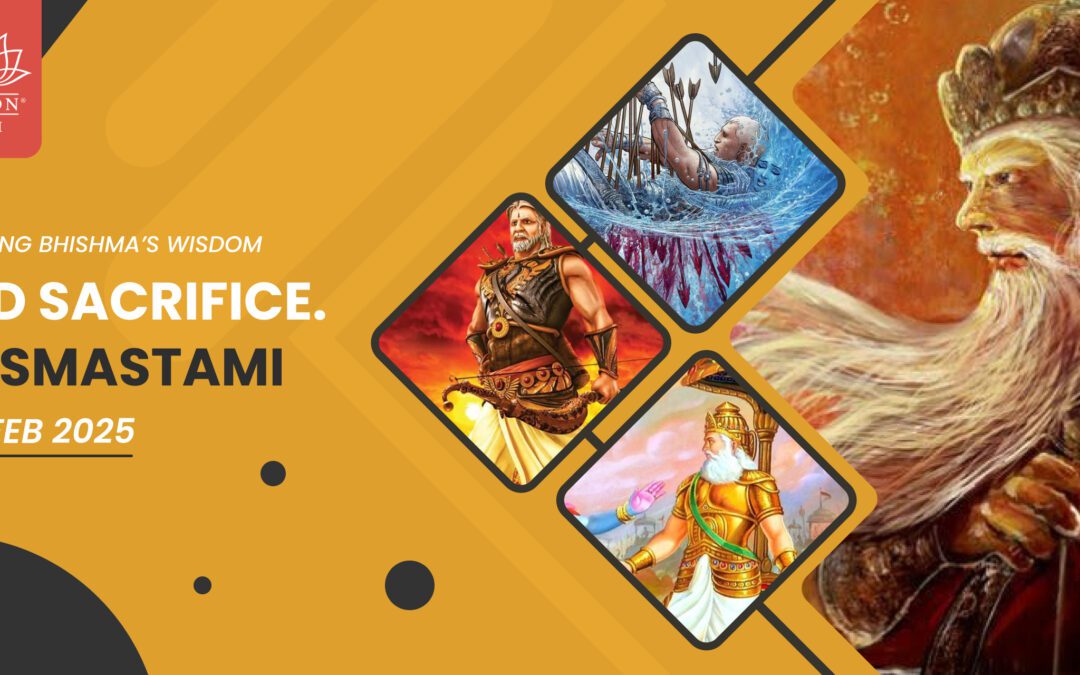Srila Jayadev Goswami
Srila Jayadev Goswami appeared in Kendubilva gram in West Bengal’s Birbhum district in the 11th or 12th century. At that time King Laxman Sen’s kingdom was in Navadwip. The village Kendubilva is situated near the Ajay River. He received his deities of Shri Shri Radha Madhav from the river. Srila Jaydev Goswami used to worship it. These deities of Shri Shri Radha Madhav are now present in Kanak Vrindavan near Jaipur. Srila Jayadev Goswami’s father’s name was Bhoj Dev and His mother’s name was Vama Devi.
How did Srila Jayadev Goswami’s marriage take place?
And you get them married to him. Then that Brahmin came to Sri Jayadev Goswami with his daughter and Sri Jayadev Goswami understood why he had come. Jayadev Goswami clearly refused saying that he had no interest in marriage.Hearing this, the Brahmin became very sad. Then the Brahmin said, okay if I cannot marry her to you then I will not take my daughter back with me. So the Brahmin left his daughter there and after that his daughter said, Oh Vaishnav Thakur, if you do not accept me, then I will give up my life right here. You are my Lord, my master. I have accepted you from my heart. I cannot accept any other man.
Sri Jayadeva Goswami started writing a book in Champahati at that time, whose name is Gita Govinda. He has written Dashavatara stotram in mangalacharan, in the beginning. We sing one of those hymns every day when we praise Lord Narasimha in the morning.
tava kara-kamala-vare nakham adbhuta-śṛńgaḿ
dalita-hiraṇyakaśipu-tanu-bhṛńgam
keśava dhṛta-narahari-rūpa jaya jagadīśa hare
From his words it became clear that this is King Lakshman Sen. The King invited him and said that you come and become the poet of our kingdom, become the court poet.Then Jayadeva Goswami said that it is okay if you are forcing me to become your court poet, if I become a poet then I will not stay here in Navadwip. I will go from here to Jagannath Puri, but I cannot come to you. The king thought that he is a very detached Vaishnav. Then he said that there is a very beautiful place in Champahati, there are Champak trees all around, you will like it a lot. You will be able to do your bhajan very well there. So in this way, the king is praying again and again.Then Jayadeva Goswami accepts this proposal and starts living in ChampaHati in Navadwip.
He had started writing Gita Govinda further. So when he was writing Geeta Govinda, he reached the tenth canto. There he was remembering the leela
that Radha Rani is waiting for Krishna, Krishna has delayed. She became very angry and started expressing her pride and Radharani refused to meet him or talk to him. So when Radharani expresses her pride, it becomes very difficult for Krishna to break that pride. Although Krishna is the supreme Lord.
Sri Jayadeva Goswami said, what am I writing, That is all the powers are manifested in the Almighty Lord Shri Krishna and Radharani is his antaranga shakti, she is his eternal servant. How is it possible that the Supreme Lord Shri Krishna will wear the feet of Radha Rani on his head? Is this possible? He put down the pen and went to take a bath.Then the Supreme Lord Sri Krishna himself arrived at his house assuming the guise of Sri Jayadeva Goswami and went inside the room and completed that line smara garala khandanam mama sirasi mandanam dehi pada pallavam udaram
Padmavati got the opportunity to serve Prasad to Lord Krishna who was in the guise of Sri Jayadev Goswami. He took the prasad and left. After sometime original Sri Jayadev Goswami came back after taking a bath. He
saw Padmavati accepting the prasad. What are you doing? Today I am seeing such a scene Padmavati that you are taking the prasad before me, what is the reason? Is your health fine?
Padmavati said that you have come back so soon, you had just gone. I am not able to understand what is happening. So Jayadev Goswami went inside and he saw Gita govinda. He could see the complete line in it. Jayadev Goswami understood it directly, Madhav, Krishna himself had come here and he has completed this line, this is a miracle. He called Padmavati, see what a miracle has happened, do you know Madhav himself came and completed the line? He certified that what I have written is correct and you are very fortunate. You fed Prasad with your own hands to Madhav.
I did not get this good fortune. So in this way Jayadev Goswami wrote the book Gita Govinda, which is very popular, even today in Jagannath Puri. Jagganathji likes Gita Govind very much and there are many incidents related to it.
Sri Chaitanya Mahaprabhu also appreciates the Gita Govinda written by Sri Jayadeva Goswami.
Day and night, the Lord would speak as though He were Radha meeting Uddhava. He would also relish the poems of Chandi Das, Jayadeva Goswami and Vidyapati.
(Chaitanya Charitamrita 1.13.41-2)
Sri Jayadeva Gosvami also composed a book named Chandraloka. His disappearance is on Pausha Sankranti.
We pray at the lotus feet of Sri Jayadeva Goswami that we may develop strong faith in the Supreme Lord Sri Krishna and become intensely engaged in the pure devotional service of the Lord.
“Hare Krishna Hare Krishna Krishna Krishna Hare Hare
Hare Rama Hare Rama Rama Rama Hare Hare”

